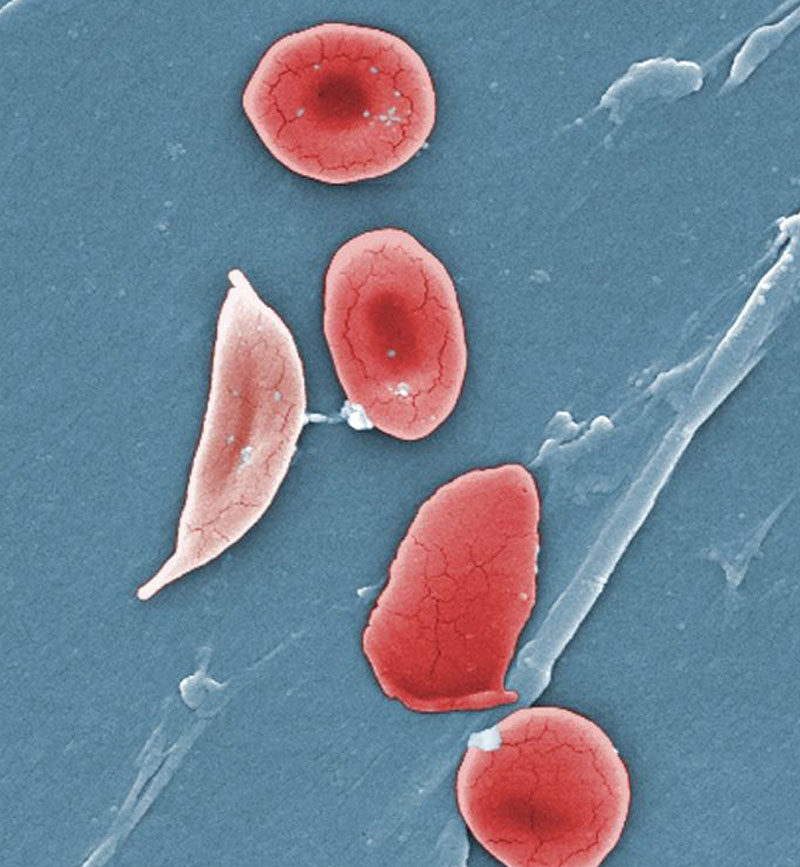In the following extract from an article appearing in the February 2025 edition of Danish police magazine Dansk Politi, former DPA President Tracy Betts talks about the work of the DPA and the value that disabled and neurodivergent staff bring to policing
In the UK police service, they are far ahead in including both employees who have suffered mental or physical health problems in service, as well as employees with neurodivergent brains. This is largely due to a comprehensive equality law and significant efforts from the voluntary association Disabled Police Association (DPA).
“It’s not disability, that’s the problem. It’s the obstacles we put up that block us from getting the best out of everyone”, says Tracy Betts, former president of DPA.
They are not there yet, but they are well on their way. In most places in the UK police service, there is a targeted effort to include employees with physical and mental disabilities – including neurodivergence. A rough estimate is that about 40 percent of employees in the police force in the UK are neurodivergent. However, not everyone is necessarily aware of it or has a formal diagnosis.

This is the estimate from the Disabled Police Association. The Association offers networks and support to police officers and civilian employees in the police force who have suffered mental or physical health problems in service, or who have neurodivergent brains and diagnoses such as ADHD, autism, or dyslexia.
“Neurodivergent people are attracted to the police service. I think it’s because they often have a strong sense of right and wrong. They have a very strong moral compass, and the police force has a code of conduct that neurodivergent people probably find very attractive, whether they are aware of it or not”, says Tracy Betts.
She has been president of DPA for two years but stepped down at the turn of the year. Additionally, she is a Detective Inspector in Essex Police, and as an adult, she was diagnosed with dyslexia and autism.
Talent must be supported
Tracy joined the police service over 30 years ago. Back then, it would have been a problem for her to be accepted if she had been diagnosed. But that’s no longer the case. An Equality Act ensures that no one in the public sector can be excluded in advance.
Of course, you must be able to do the job as a police officer, but those who are rejected, whether they are neurotypical or neurodivergent, should be rejected because they are not talented enough or do not have the qualities the job requires. It should never be their diagnosis alone, that is the obstacle. In other words, we must ensure that we do not lose talent by putting unnecessary barriers in the way of, for example, neurodivergent people.
Tracy herself failed one promotion exam after another, and couldn’t understand why, as she didn’t consider herself a poor reader or unintelligent. Eventually, she got tested for dyslexia and found out she has a form of dyscalculia. She was granted more time for her exams, passed them all, and was promoted.
“Basically, it’s about accommodating the different needs that employees may have to get the best out of them. There must naturally be a reasonable balance, but it’s about removing unnecessary obstacles”, says Tracy.
Focus on safety and the whole person
Tracy points out that a prerequisite for colleagues and management to consider and accommodate people’s needs is, of course, that they know them. And here it is essential that a strong psychological safety is built up in the workplace, as it is very vulnerable to talk about one’s authentic self.
Not everywhere in the UK police service has reached this goal. But in places where the top management has taken the lead and shown a real commitment to diversity and inclusion, trust and safety flourish.
For example, in Tracy’s own police force, Essex Police, they work with a concept called a ‘wellbeing passport’. When an employee gets a new position or role, they are invited to a conversation with their new immediate supervisor – regardless of whether there is a disability involved or not.
Together, they go through a series of questions about wellbeing, and you as an individual – not just as a police officer or civilian employee. Here, they talk about all aspects: Are you a parent, are you going through menopause, are you transitioning, are you neurodivergent, are you in the middle of a divorce? What does a good day look like for you, when do you have a hard time, and what does it take to turn a bad day into a good one? Tracy continues:
“It is voluntary to participate in these conversations, but it is an effective tool to build trust and for the leader to be able to accommodate employees’ individual needs. Often, it takes few and completely free measures. And most importantly, the ‘wellbeing passport’ focuses on the whole person. In the police force, we tend to dehumanise employees. Instead, we need to rehumanise and make people feel seen as individuals.”
Clear business case
The DPA also likes to argue with numbers – if the social and well-being arguments are not enough to convince police management – that a diverse and inclusive workplace is a thriving workplace with productive employees.
It is simply a good business case to include disabled and neurodivergent people in the police force. The DPA has documented through access to court judgments that it costs the police many millions of pounds a year in compensation to these groups, due to lawsuits filed if they have been discriminated against. These are numbers that are listened to, and with Generation X and Z, there will not be fewer of these cases, as they are more aware of their rights, predicts Tracy.
She is also completely convinced that the police service in the UK will include even more neurodivergent employees in the future:
“We are constantly moving forward a little bit. Because we have an increasing number of diagnoses of ADHD and autism in the general population, especially among adults, it is important that citizens see themselves reflected in their police service. This will contribute to increased trust and safety in policing, which unfortunately has not been very good in recent years.”
About the Disabled Police Association
- The DPA is a voluntary organisation that offers networks and support to police officers and civilian employees who have suffered mental or physical health problems in service, or who have neurodivergent brains.
- The DPA is represented in all 43 police forces in England and Wales, as well as in the Police Service of Northern Ireland and Police Scotland, and in some smaller forces like Civil Nuclear Constabulary.
- The DPA works to promote equal opportunities for everyone in the police service, and has over 30,000 members.
- The DPA’s work is based on the English Equality Act of 2010, which has a broad definition of disabilities and helps ensure equality and equal opportunities for everyone.
Research underway
The DPA is in the process of learning more about the extent and conditions for people with disabilities in the police service in the UK.
In collaboration with two English universities, they have sent out an anonymous questionnaire to all police officers and civilian employees in the police service in England, Wales, Scotland, and Northern Ireland. The aim is to get a precise and strong database that can form the basis for research and more evidence-based knowledge in the area. This can facilitate positive transformations.
“In April, we expect to be able to look at the early results from the survey, and we are extremely happy and proud that the National Police Chiefs Council and College of Policing want our data to be able to move forward and change things on a national level”, says Tracy. ∎
This article was machine translated from the original piece in Danish and has been edited for readability. A translation of the main article can be found on the National Police Autism Association website.


